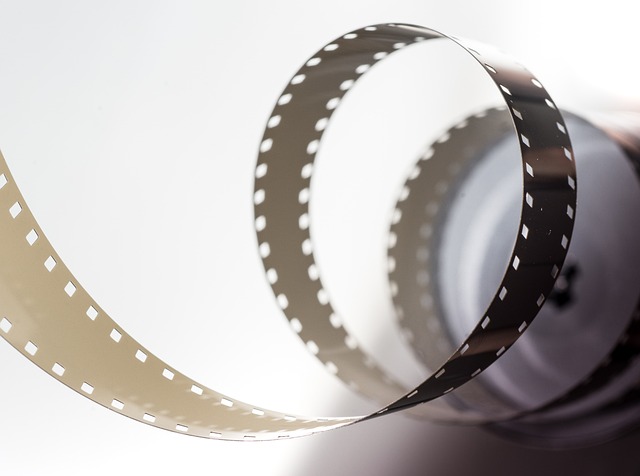
The earliest movies were shot on celluloid reels. This made cameras very bulky and cumbersome. During the 1990s several filmmakers started to experiment with the digital medium. When it became more mainstream it changed the industry forever.
There is currently a large debate raging about the merits of both types of movie making. Over the years publications such as the Telegraph have chronicled the decline of physical film and the rise of digital. Advocates of the latter cite its convenience and compatibility with home viewing. Meanwhile fans of physical film argue that it is aesthetically superior and promotes a richer cinematic experience.
Look And Longevity
Films typically contain 24 frames per second. Digital movies will sometimes use motion smoothing to make frame transitions slicker. The problem is that this can give the image an uncanny and cheap look. On the other hand it has become increasingly more expensive to shoot on film. Some of the most well known suppliers of film stock do not even exist anymore. People who want to create their first independent feature will find digital to be the only viable option available.
There are also conservation issues to take into consideration. Physical film will degrade over time. Because of this fact some of the earliest silent motion pictures have been lost. Meanwhile digital file formats can theoretically last forever. This is one of the main reasons why historians have begun to digitise older films for posterity.
Conclusion
The future of film appears to be in digitals favour. Despite this fact it seems likely that cinemas will continue to exhibit older movies via celluloid. The general public is not ready to let go of this nostalgic format.

